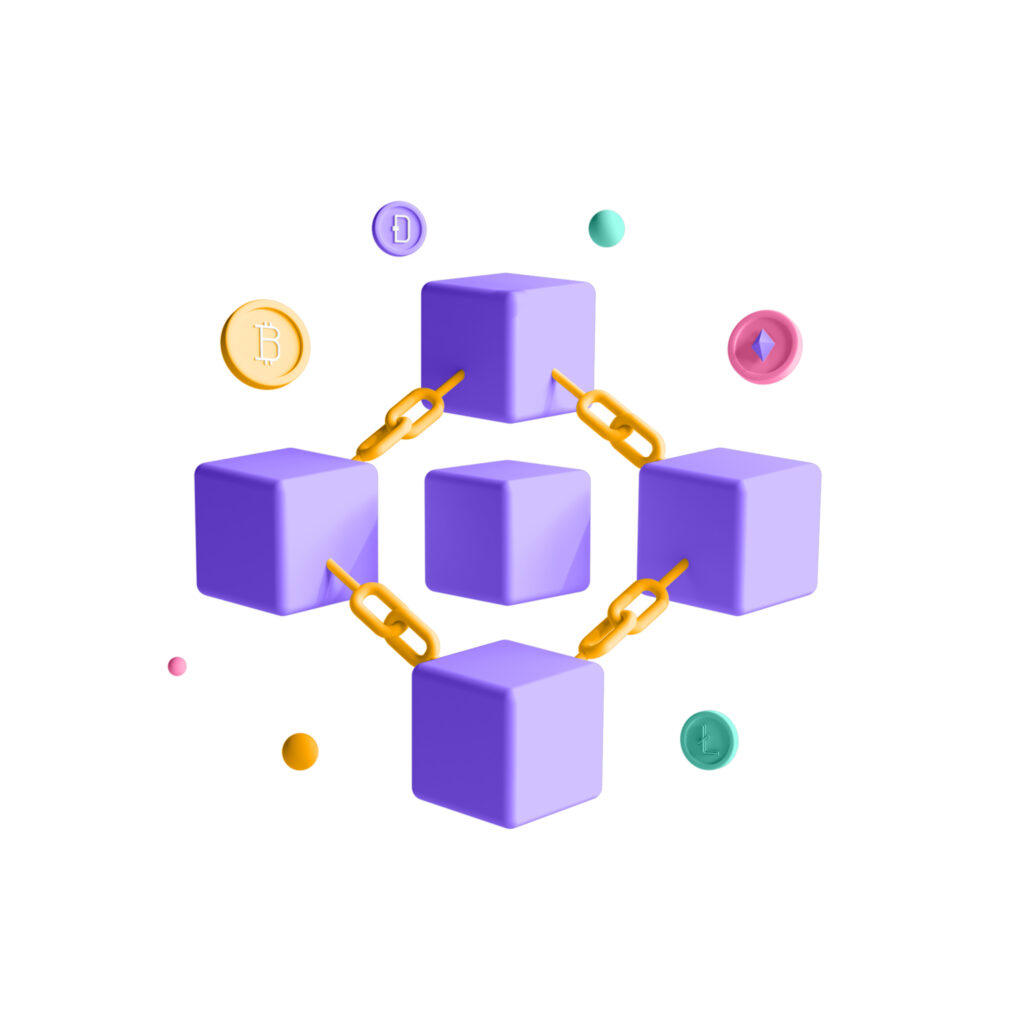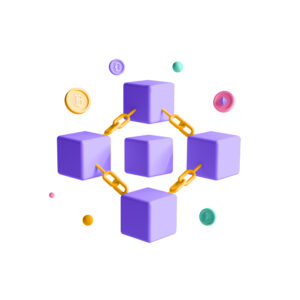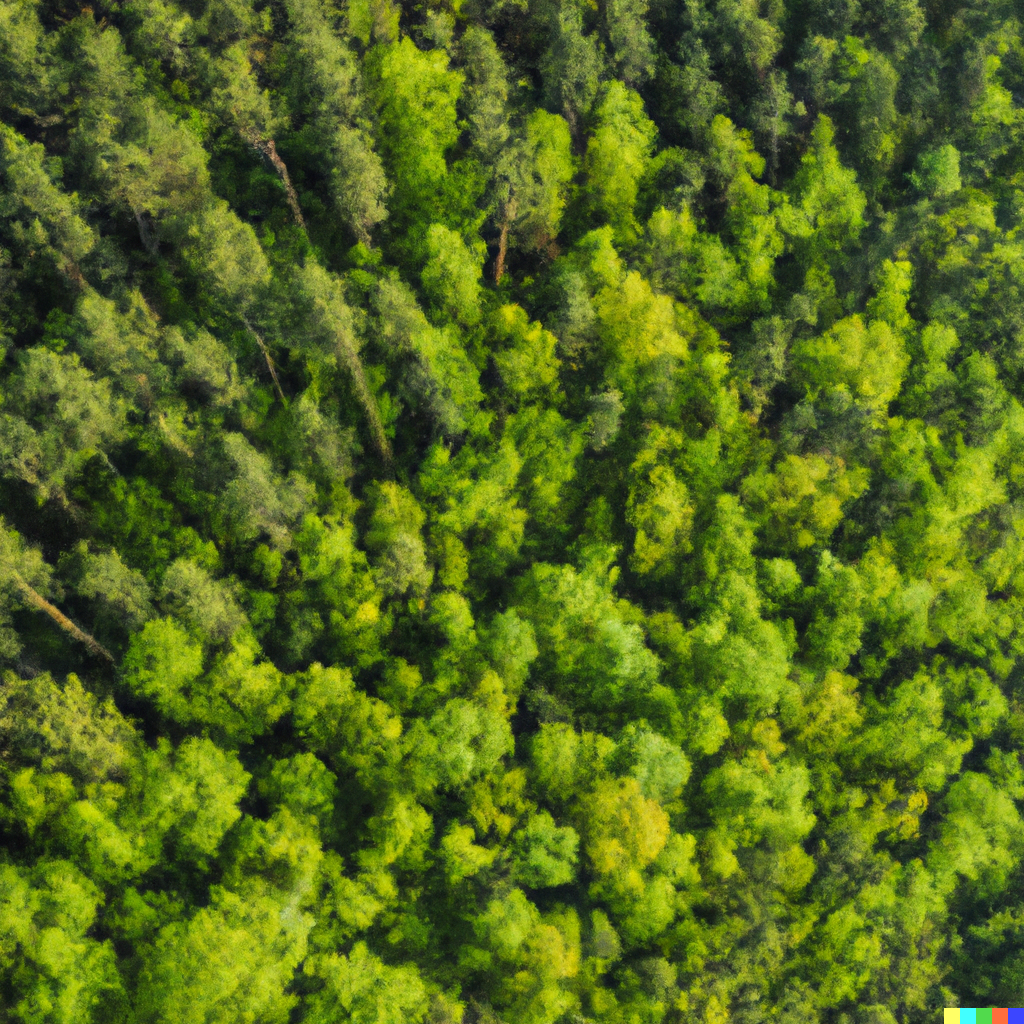If the realm of cryptocurrency intrigues you, chances are you've come across the term DAOs. These decentralized autonomous organizations function without any central authority, employing blockchain technology to govern and make decisions independently. To learn about how to join DAO crypto, read on.
Understanding Crypto DAO
A crypto DAO is a self-governed decentralized autonomous organization that utilizes blockchain technology to function without the need for any central authority. It is a community-based platform where members actively participate in the decision-making process and govern initiatives through voting systems, proposals, and smart contracts. The blockchain technology employed by a DAO ensures transparency and security for all its members, allowing them to engage and transact in a decentralized and trustless environment.
Benefits of DAO Crypto
Participating in a crypto DAO provides multiple benefits for those interested in the cryptocurrency landscape, such as:
- Decentralized Governance: DAOs establish a democratic governance system in which all members have a say in the decision-making process. Members have the ability to propose and vote on ideas or projects, securing decisions that prioritize collective interests rather than those of a central authority.
- Transparency: DAOs work on a blockchain, ensuring that all decisions and transactions are recorded publicly and transparently. Members can monitor the DAO's financial records, decision-making processes, and proposals to guarantee fairness and accountability.
- Security: DAOs employ smart contracts to streamline processes and enforce regulations, rendering intermediaries unnecessary and reducing the likelihood of fraud or corruption. Members also retain complete control over their assets and can engage with the DAO through their cryptocurrency wallets, adding an extra layer of security.

Step 1: Select a DAO to Join
The process of how to join a DAO crypto involves a few crucial steps. Firstly, select a DAO that matches your objectives and interests. With a plethora of DAOs available, each possesses a distinct structure, governance model, and goals; some cater to specific industries or niches, while others have a broader scope. Consider these factors while choosing a DAO:
- Mission and values: Do the DAO's principles and core values align with your own beliefs and goals?
- Governance model: What is the decision-making process and resource allocation method within the DAO? Are there particular voting or decision-making procedures to be aware of?
- Membership requirements: What conditions must be met to become a DAO member? Are there any fees or mandatory obligations?
Once you have found a suitable DAO, follow these steps to become a member:
Step 2: Acquire a Cryptocurrency Wallet
Since most DAOs function on blockchain networks, a cryptocurrency wallet is necessary for participation. A wallet serves as a digital storage for your cryptocurrency assets and enables transactions on the blockchain. Numerous wallets are available, each offering unique features and advantages. A few popular choices include:
- MetaMask: A browser extension enabling interaction with the Ethereum blockchain and involvement in DAOs.
- MyEtherWallet: A web-based wallet supporting Ethereum and other ERC-20 tokens.
- Ledger Nano S: A hardware wallet that secures your cryptocurrency offline for enhanced safety.
After selecting a wallet, fund it with the required cryptocurrency. The specific method for this will depend on the wallet and cryptocurrency used.
Step 3: Join the DAO
If you're wondering how to join DAO crypto, having a cryptocurrency wallet is the first step.
Although the joining process varies depending on the specific DAO you select, these are some general guidelines to follow:
- To begin, head to the DAO's website or platform, creating an account if needed.
- Adhere to the DAO's provided guidelines to become a member, which might include submitting an application, paying membership fees, or meeting other criteria.
- As a member, you'll be able to contribute to the DAO's decision-making process, put forth ideas, and vote on proposals.
Step 4: Engage and Contribute
Simply joining a DAO doesn't suffice; actively participating and contributing to its activities will maximize your membership experience. Here's how you can do that:
- Attend DAO meetings: Engage in conversations and make decisions at frequent gatherings organized by many DAOs for members.
- Suggest ideas: Propose a project or initiative to the DAO, and if your suggestion is approved, you might obtain funding or assistance from the organization.
- Cast your votes on proposals: Voice your opinions by voting on important proposals during the DAO's voting sessions.
- Offer your expertise: To help achieve the DAO's goals, donate your skillset and knowledge as these groups are driven by their communities.

Conclusion
In conclusion, being part of a DAO offers a thrilling and fulfilling opportunity for those interested in cryptocurrencies and decentralized governance. By following the above steps and actively participating in a DAO, you are integrated into a community-driven system that functions without centralized control, bringing transparency, security, and accountability to all its members. So, why wait? Dive into the world of DAO crypto today!
Do you want to create your own DAO? Let's talk about it!
 en
en  pl
pl 












